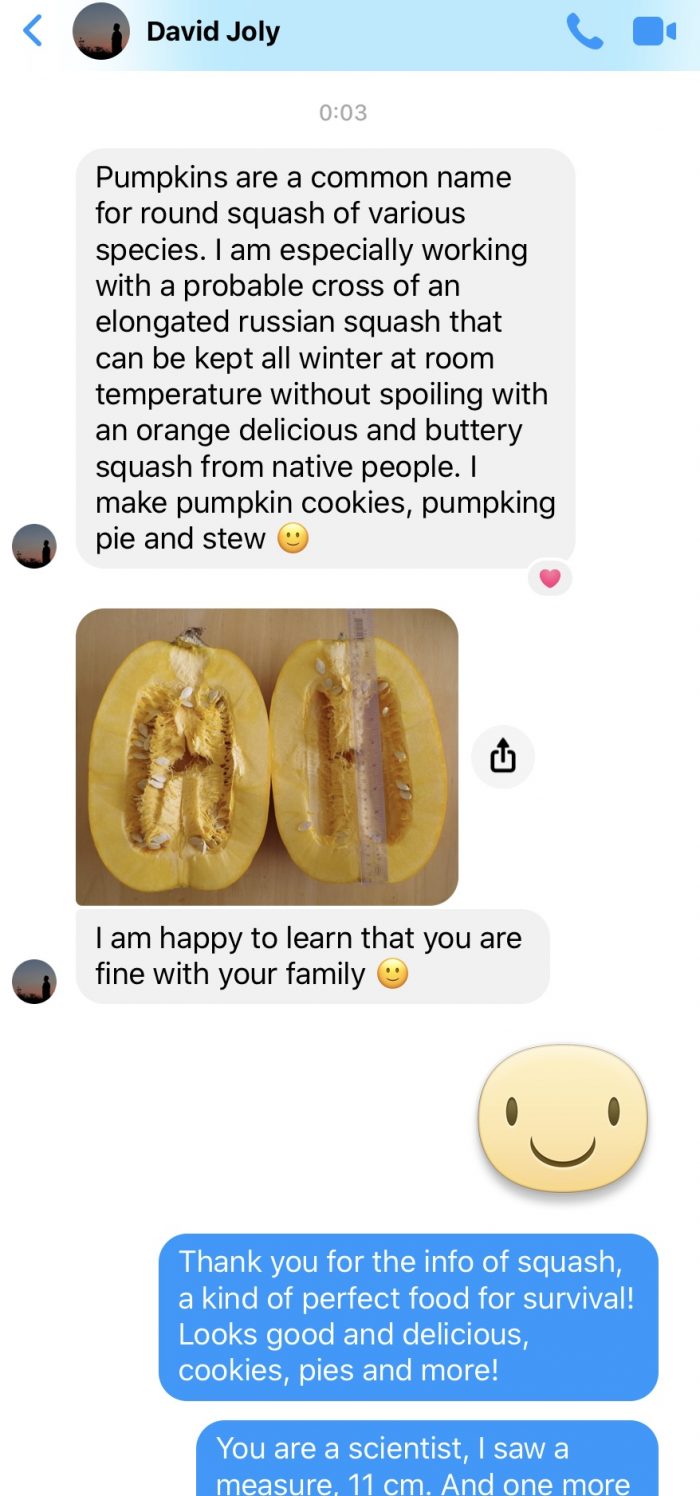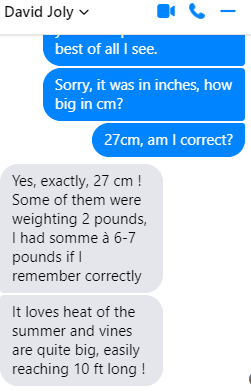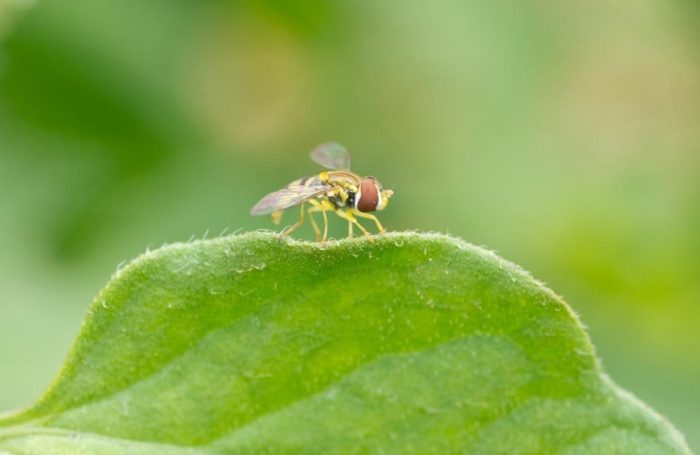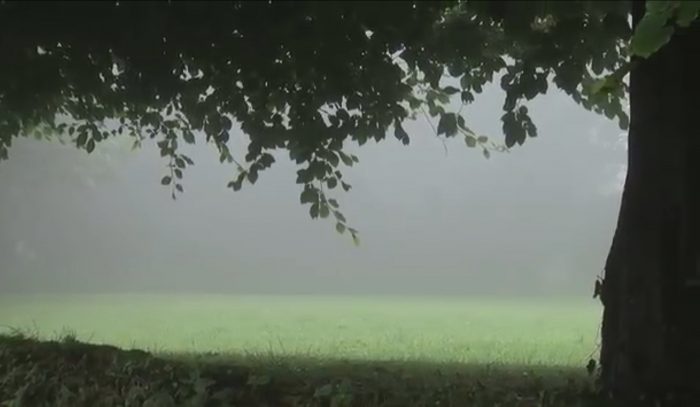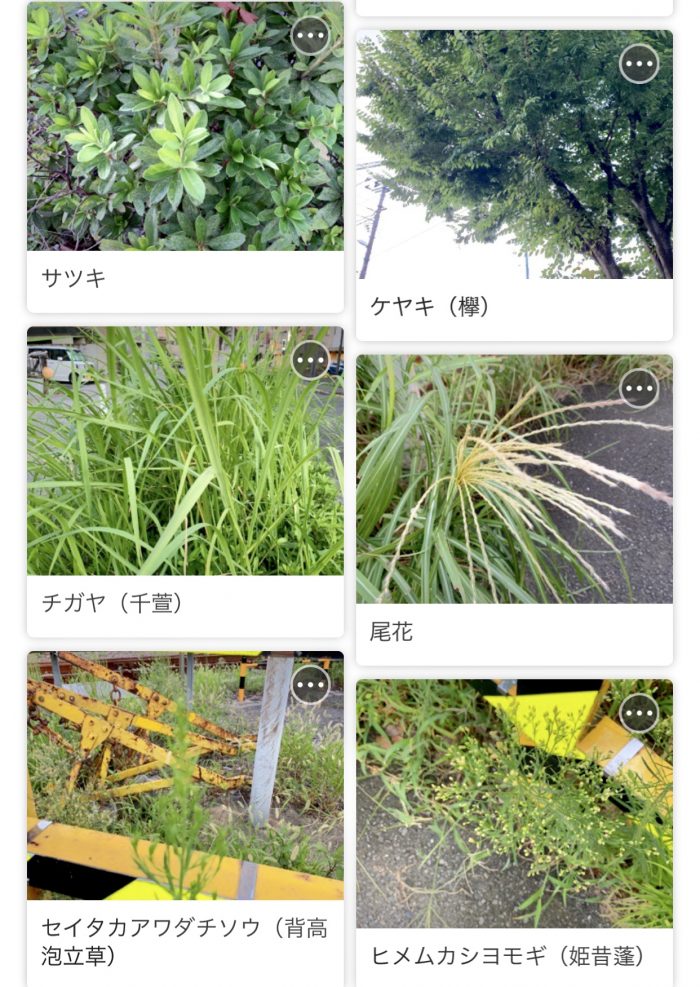1日で5か国の友人と・・(2) a friend from Canada

June 30th was David Joly’s birthday, I don’t know how old he is. I sent a birthday message to him via FB with a phrase of “I miss you!” David quickly reacted and said “I miss you, too.” We met about 12 to 15 years ago in Kamakura/ He stayed at our then Kamakura house in Hase for three days. It was such a fond memory, as he and other guy from XX were young, smart and funny. They were so nice in nature.

The funniest conversation I remember was that he said his Japanese was MINUS 10 to 20, when I said my English was not good (or poor).
昔の写真がでてきました・・・2008年でした。
2021/July




